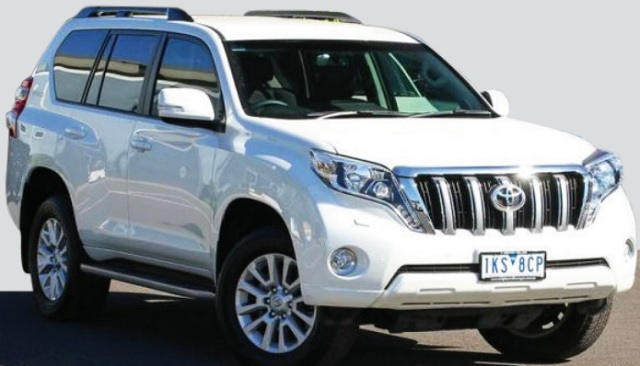
The next financial year, 2018/19 looks set to be a tough year for car buyers in Uganda.
Kampala, Uganda | MOTORING GURU | The government is banning import of vehicles that are eight years or more from their date of manufacture. But even newer vehicles, which are five years old or more from their date of manufacture, will attract a hefty environmental levy. Only special purpose vehicles; tractors, cesspool emptiers, cranes, fire fighters, concrete mixers, forklifts, drilling rigs and more will escape.
Vehicles that are five years old but below eight years from their date of manufacture will attract a 35% environmental levy on its import value (Cost, Insurance and Freight). Goods vehicles will pay 20% and older vehicles in transit 50%. Registration fees have also been hiked to between Shs1.5 million and Shs1.7 million. The likes of Toyota Corolla will pay less than the Prados. Taxi vans will pay same as small cars.
Used cars are popular in Uganda for one reason – they are cheap; ranging from as low as Shs15 million to shs30 million. New cars are over Shs50 million and could go to hundreds of millions of shillings depending on make.
But the new levies aim to coform to a tendency towards local car manufacturing in the region. Kenya already has three plants manufacturing global car brands locally. Ethiopia also has several including one from China. Rwanda gets its first car plant opening this May. Uganda’s Kiira Ev project may be fledgling but it signals serious intent with over Shs350 billion proposed to be given to the project in the next budget.
The official claim, however, is that the new levies are an environmental protection move. But nobody is fooled. The Uganda Revenue Authority simply wants more money. The URA might end up taxing fewer cars, because of reduced imports, but they will be of higher value. In other words, you will pay more to buy a car in 2019.
In fact, there is bad news for some car makes – such as the popular Toyota Ipsum whose manufacture closed in 2009. The new regulations mean that no more imports of Ipsum are allowed. The other popular mid-size van, the Toyota Wish will continue coming in, but at a higher price. The most common Toyota Wish on Ugandan roads is the first generation 2003 models. There a few top range from this generation which ended in 2009. They range in price from Shs20 million toShs30 million. However, an internet search of used car sales sites indicates that Toyota Wish of the 2011 and on generation ranges from US$6,500 (Approx. Shs24 million) to as high as US$16,000 (Approx.Shs60 million). That means that they could cost between Shs60 million and over Shs100 million in 2019.
Members of Parliament have been cheering on the new levies; partly because they do not buy their own cars. The tax payer forks the bill. And in their calculation, the push towards newer cars means that those of them lucky to be re-elected in 2023 will get heftier car allowances. The MPs currently get just about Shs100 million (Approx.US$27,000) which is just good for the second generation (1996-2002 including the VX and TX) of their favourite vehicle; the Toyota Prado Land Cruiser. A few of them currently drive the Third Generation Prado GX (2002 to 2009) which is pricier at over US$35,000 (minus insurance, fright, and taxes). Therefore, unless they get a higher vehicle allowance than the Shs200 million they proposed in 2016, our MPs might not afford the Prado TXL and VXL (Fourth generation 2010 to present) which the new law prescribes.
 The Independent Uganda: You get the Truth we Pay the Price
The Independent Uganda: You get the Truth we Pay the Price



